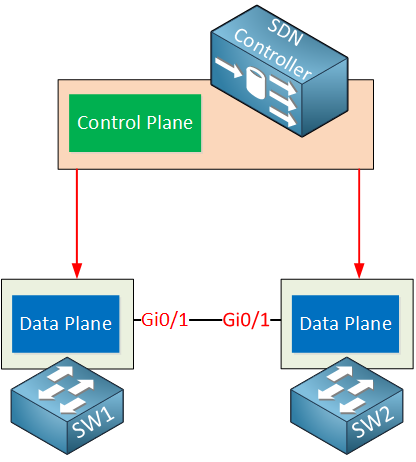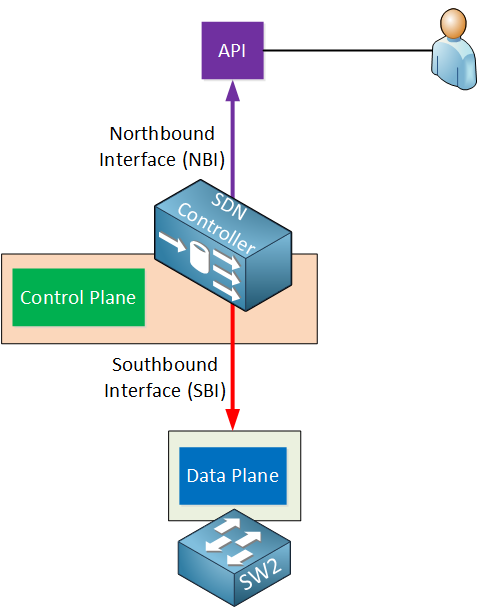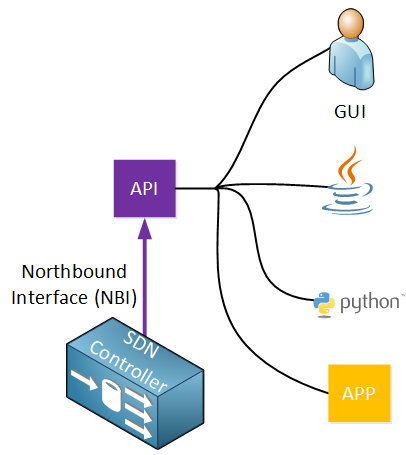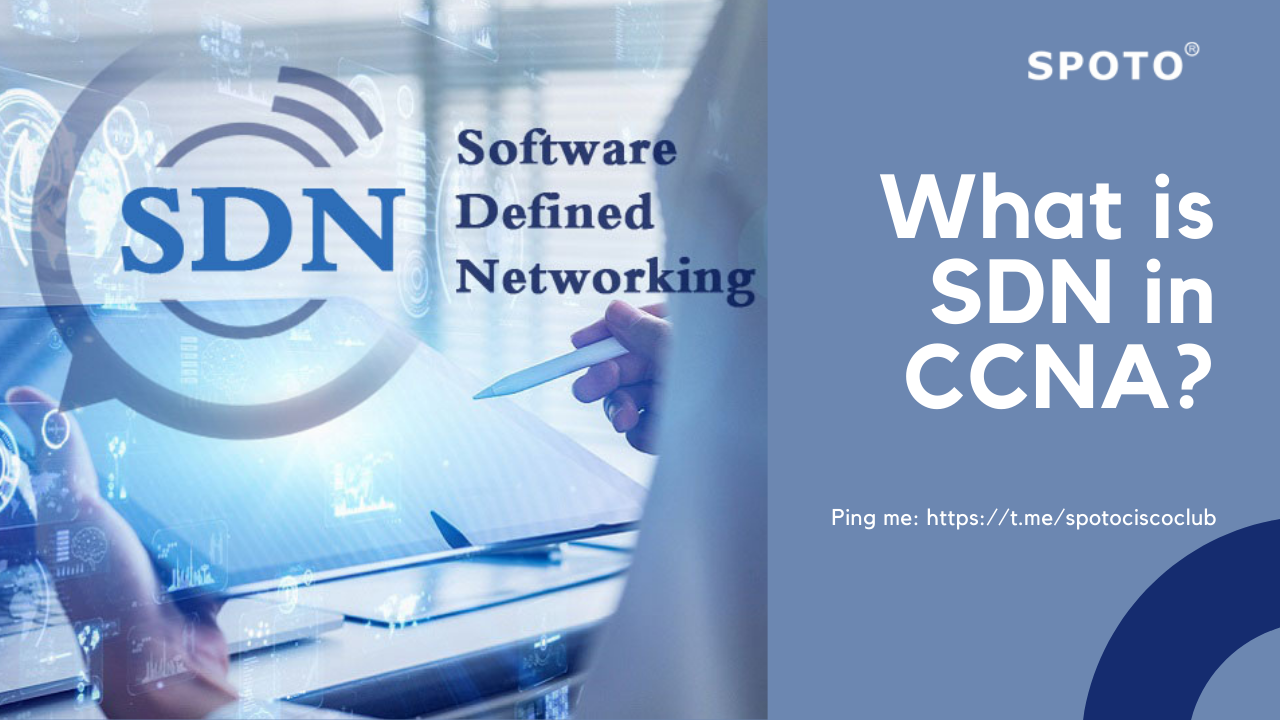SDN (Software Defined Networking) is the most recent trendy expression in IT, getting more well known each year. Some organization engineers read or heard tales about how the whole organization will be modified later on and now dread that their positions will be supplanted by developers who realize C/C++, Java, or Python back to front.
What is SDN, for what reason is it getting well known? Are those feelings of trepidation supported?
To respond to these inquiries, we should investigate “conventional” organizing first. I will clarify what SDN is and how SDN should address the “issues” that conventional systems administration has.
If you want to get more SDN technologies to applied for CCNA exam, you should get CCNA training course or get CCNA exam dumps for a single success!
| Categories | Exam Code | Pass Exam Dumps |
|---|---|---|
| CCNA | 200-301 | |
| 200-901 DevNet | ||
| 200-201 Cyber Ops |
Table of Contents
Traditional Networking
Systems administration has consistently been conventional. We have explicit organization gadgets like switches, switches, and firewalls that are utilized for straightforward undertakings.
These organization gadgets are sold by systems administration sellers like Cisco and regularly utilize exclusive equipment. The more significant part of these gadgets is principally designed through the CLI, even though some GUI items like CCP (Cisco Configuration Protocol) for the switches or ASDM for the Cisco ASA firewalls.
An organization gadget, for instance, a switch, has various capacities that it needs to perform. Think briefly about a portion of the things that a switch needs to do to advance an IP bundle:
• It needs to check the objective IP address in the directing table to sort out where to advance the IP parcel.
• Routing conventions like OSPF, EIGRP, or BGP are needed to learn networks introduced in the steering table.
• It needs to utilize ARP to sort out the following jump or objective MAC address and change the accurate MAC address in the Ethernet outline.
• The TTL (Time to Live) in the IP parcel must be diminished by one, and the IP header checksum must be recalculated.
• The Ethernet outline checksum must be recalculated.
This load of various errands is isolated by multiple planes. There are three planes:
- control plane
- data plane
- management plane
How about we investigate the distinction between these three planes…
Control Plane
The control plane is liable for trading directing data, constructing the ARP table, and so on. Here are a few errands that are performed by the control plane:
• Learning MAC locations to construct a switch MAC address table.
• Running STP to make circle-free geography.
• Building ARP tables.
• Running directing conventions like OSPF, EIGRP, and BGP and building the steering table.
Data Plane
The information plane is answerable for sending traffic. It depends on the data that the control plane supplies. Here are a few errands that the information plane deals with:
• Encapsulate and de-typify parcels.
• Adding or eliminating headers like the 802.1Q header.
• Matching MAC addresses for sending.
• Matching IP objections in the directing table.
• Change source and objective tends to when utilizing NAT.
• Dropping traffic due to get to records.
The errands of the information plane must be proceeded however quickly as conceivable, which may be why the sending of traffic is performed by specific equipment like ASICs and TCAM tables.
Try free CCNA practice tests here.
Management Plane
The administration plane is utilized for access and the board of our organization gadgets. For instance, we are getting to our gadgets through telnet, SSH, or the control center port.
SDN (Software Defined Networking)
Longer than ten years prior, VMware fostered a virtualizing innovation that empowered a host OS to help at least one customer OS. Most virtualization advances are currently founded on this innovation. The change of committed workers to virtualized workers has been embraced and is quickly being carried out in server farm and venture organizations.
Two significant organization designs have been created to help network virtualization:
• Software-Defined Networking (SDN) – An organization design that virtualizes the organization, offering another way to deal with network organization and the executives that tries to rearrange and smooth out the organization interaction.
Enroll in SDN theory course to enhance your skills!
• Cisco Application Centric Infrastructure (ACI) – A reason fabricated equipment answer for incorporating distributed computing and server farm the board.
With SDN, we utilize a focal regulator for the control plane. Contingent upon the merchant’s SDN arrangement, this could imply that the SDN regulator assumes control more than the control plane 100% or just knows the control plane of all organization gadgets in the organization. The SDN regulator could be an actual equipment gadget or a virtual machine.
Here’s a representation to assist you with envisioning this:

Above, you can see the SDN regulator, which is answerable for the control plane. The switches are currently “stupid” gadgets that just have an information plane, no control plane. The SDN regulator is answerable for taking care of the information plane of these switches with data from its control plane.
There are a few benefits and weaknesses of having a circulated versus a focal control plane. One of the upsides of having a focal regulator is designing the whole organization from a solitary gadget. This regulator has full access and knowledge of all that is going on in our organization.
The SDN regulator utilizes two unique interfaces are known as the northward interface (NBI) and southward interface (SBI)

The interfaces are known as the northward interface (NBI) and southward interface (SBI). Allow me to clarify both…
Southward Interface
The SDN regulator needs to speak with our organization gadgets to program the information plane. This is done through the southward interface. However, this is anything but an actual interface, a product interface, frequently an API (Application Programming Interface).
An API is a product interface that permits an application to offer admittance to different applications by utilizing pre-characterized capacities and information structures. I’ll clarify more about this in a moment.
Some famous southward interfaces are:
• OpenFlow: this is presumably the most famous SBI right now. It’s an open-source convention from the Open Networking Foundation. There are many organizational gadgets and SDN regulators that help OpenFlow.
• Cisco OpFlex: this is Cisco’s response to OpenFlow. It’s anything but an open-source convention that has been submitted to the IETF for normalization.
• CLI: Cisco offers APIC-EM, an SDN answer for the current age of switches and switches. It utilizes conventions that are accessible on current age equipment like telnet, SSH, and SNMP.
Northward Interface
The northward interface is utilized to get to the SDN regulator itself. This permits an organization overseer to get to the SDN to arrange it or recover data. This should be possible through a GUI, yet it’s anything but an API that permits different applications admittance to the SDN regulator. You can utilize this to compose scripts and robotize your organization. Here are a few models:
• List data from all organization gadgets in your organization.
• Show the situation with all actual interfaces in the organization.
• Add another VLAN on the entirety of your switches.
• Show the geography of your whole organization.
• Automatically arrange IP addresses, directing, and access records when another virtual machine is made.
Here’s a delineation to assist you with envisioning this:

Through the API, various applications can get to the SDN regulator:
• A client that is utilizing a GUI to recover data about the organization from the SDN regulator. In the background, the GUI is utilizing the API.
• Scripts written in Java or Python can utilize the API to recover data from the SDN regulator or arrange the organization.
• Other applications can get to the SDN regulator. Maybe an application that consequently designs the organization once another virtual machine is made on a VMware ESXi worker
Conclusion
The reality of the situation will become obvious eventually what systems administration will resemble later on. Almost certainly, we will utilize APIs more regularly than the CLI later on. Is this an issue? If you were to ask me, not actually. As a matter of first importance, a developer may be solid in programming dialects like C/C+, Java, or Python, yet he/she additionally requires organizing information. Seeing how to utilize a programming language to run some fundamental contents will be extremely useful. You don’t need to assemble a whole application without any preparation… that is a developer’s work.
SDN would be well known in progressive years so that systems administration experts should stay aware of the furthest down the line mechanical patterns to upgrade your abilities. Contact us to join our study group.
Latest passing report-100% pass guarantee
Recommend exam study materials:
Top 25 Most Popular CCNA Interview Questions and Answers
How to renew the CCNA certification?
Top 10 Best IT certifications for 2021
How to Take CCNA Exam Online?
Release Now: Achieve Cisco Certification with SPOTO Training Online
Latest Update-2021 Free CCNA 200-301 Exam Questions and Answers
What is the Latest Cisco Certification and Learning Path in 2021?
Cisco CCNA 200-301 Cheat Sheet and Quick Study Guide














Comments